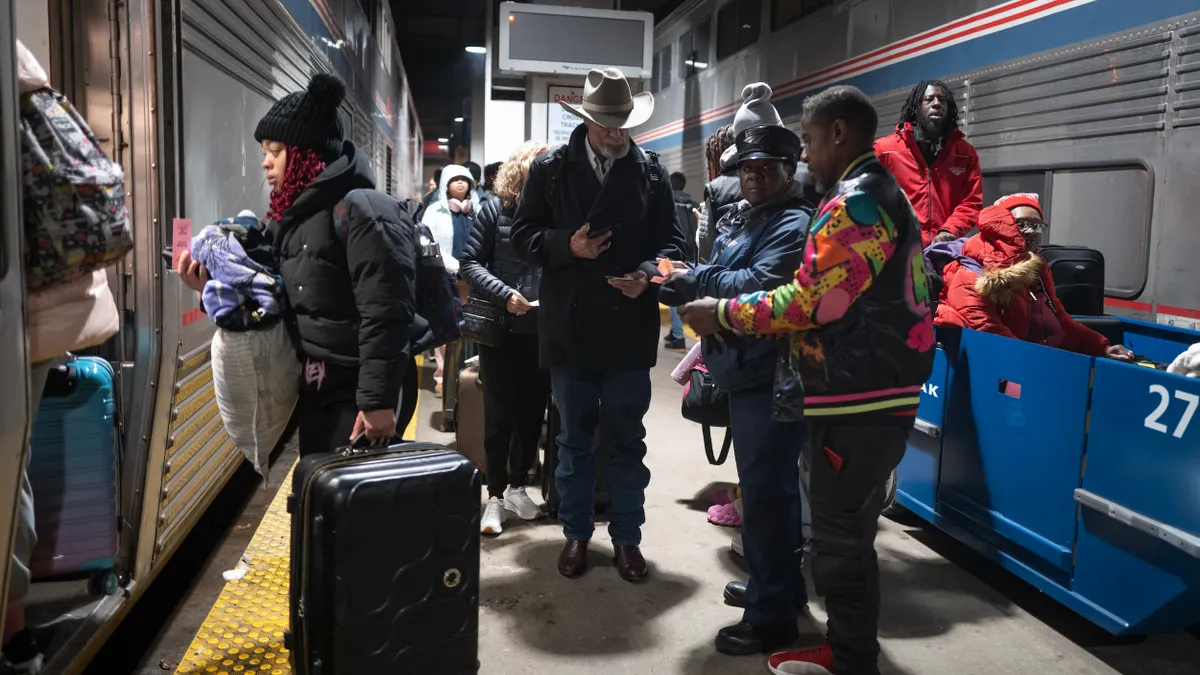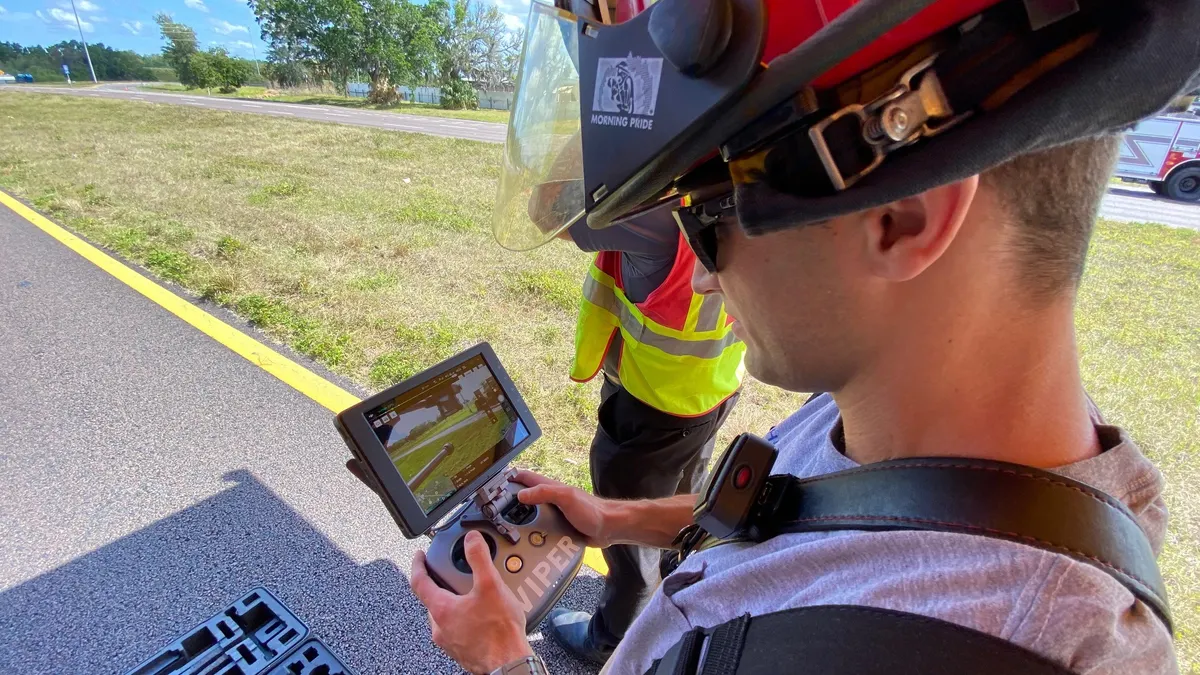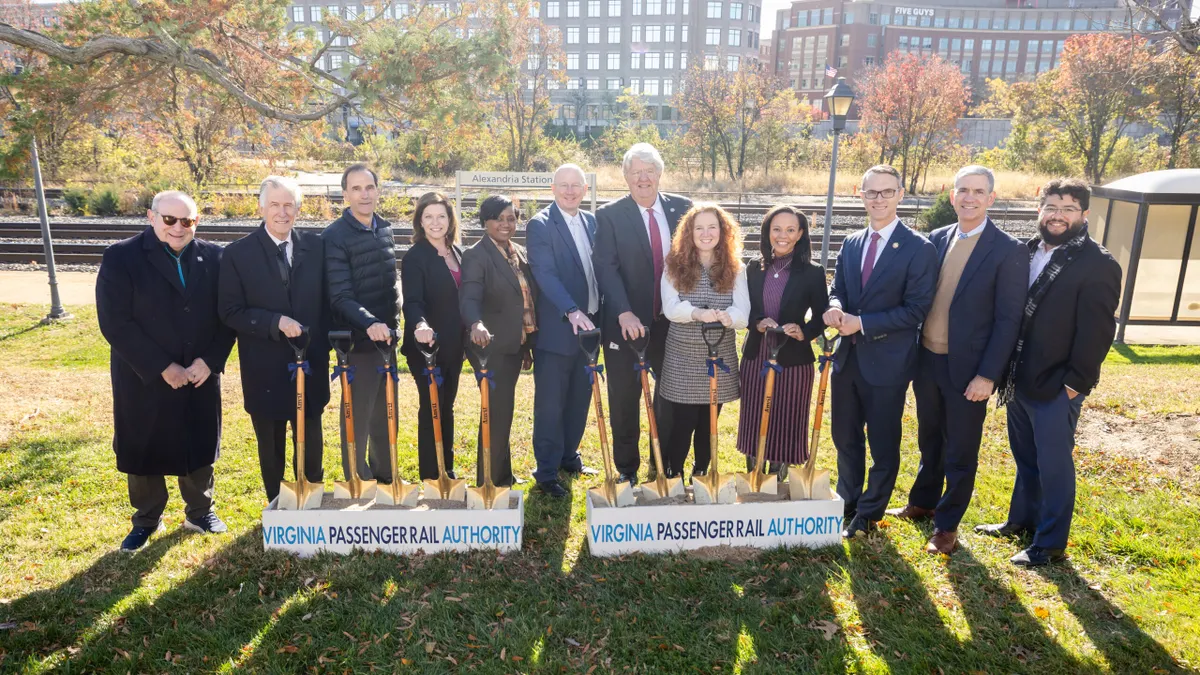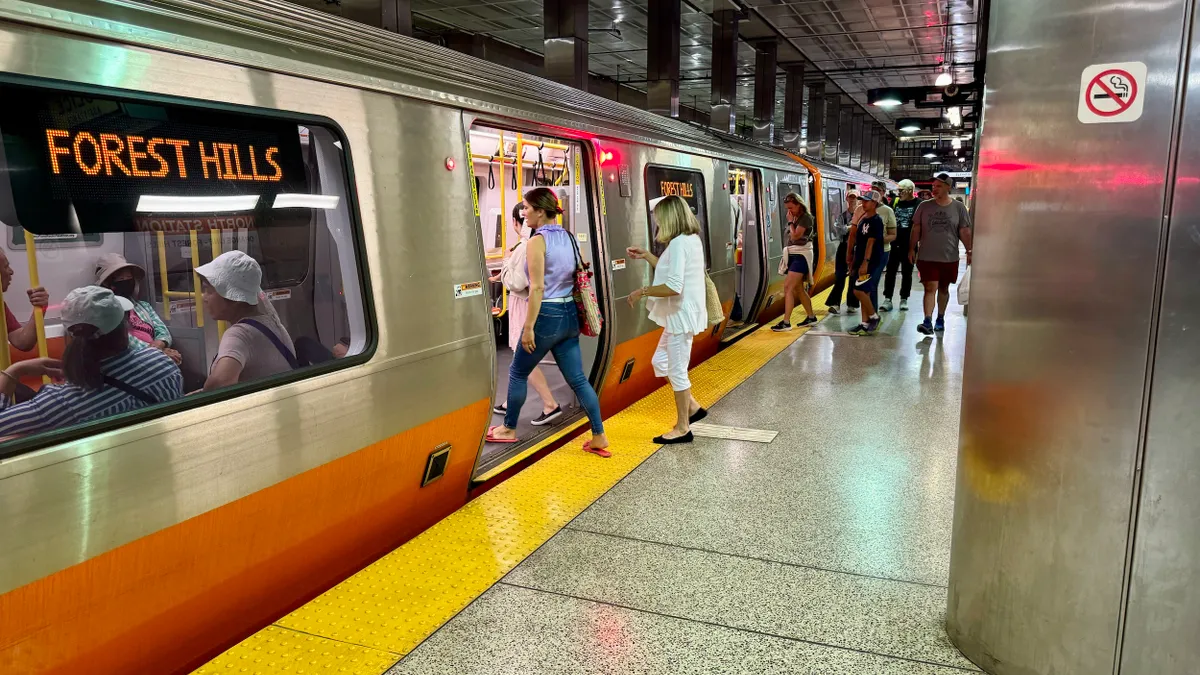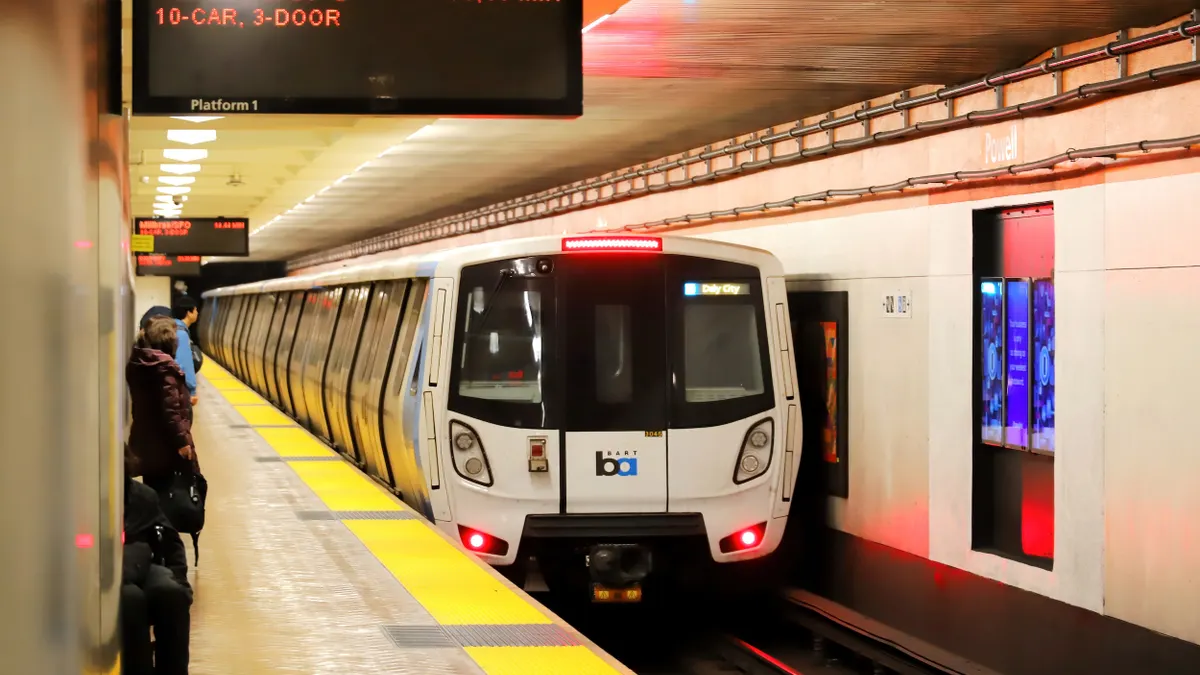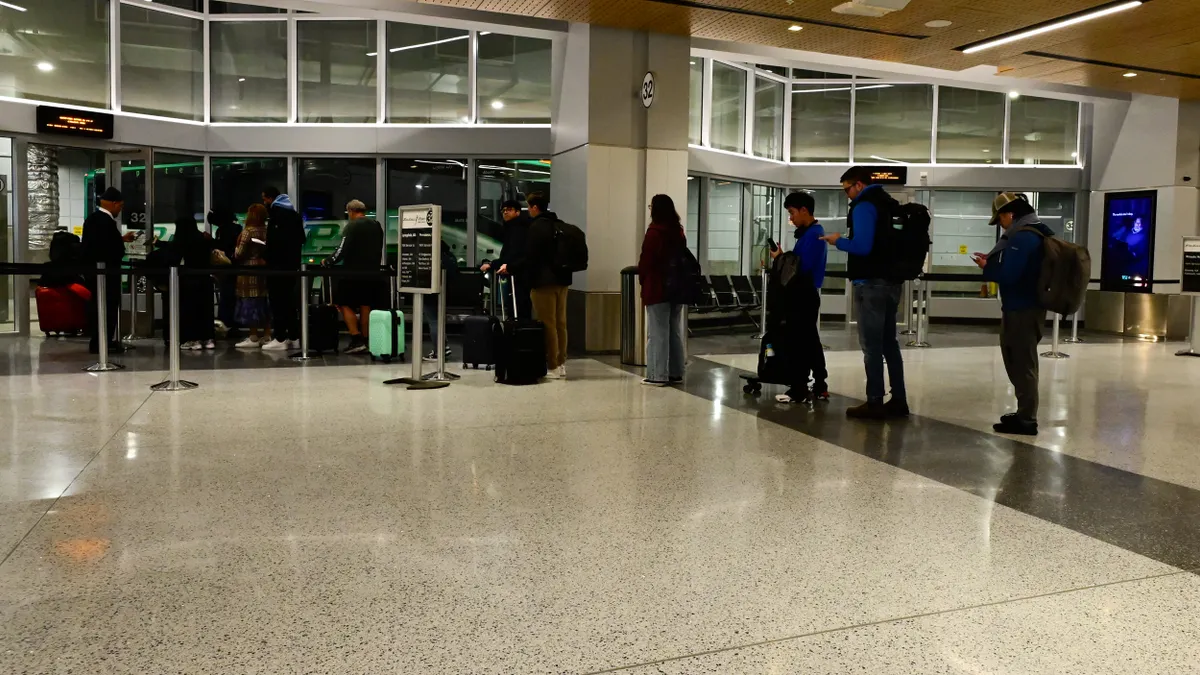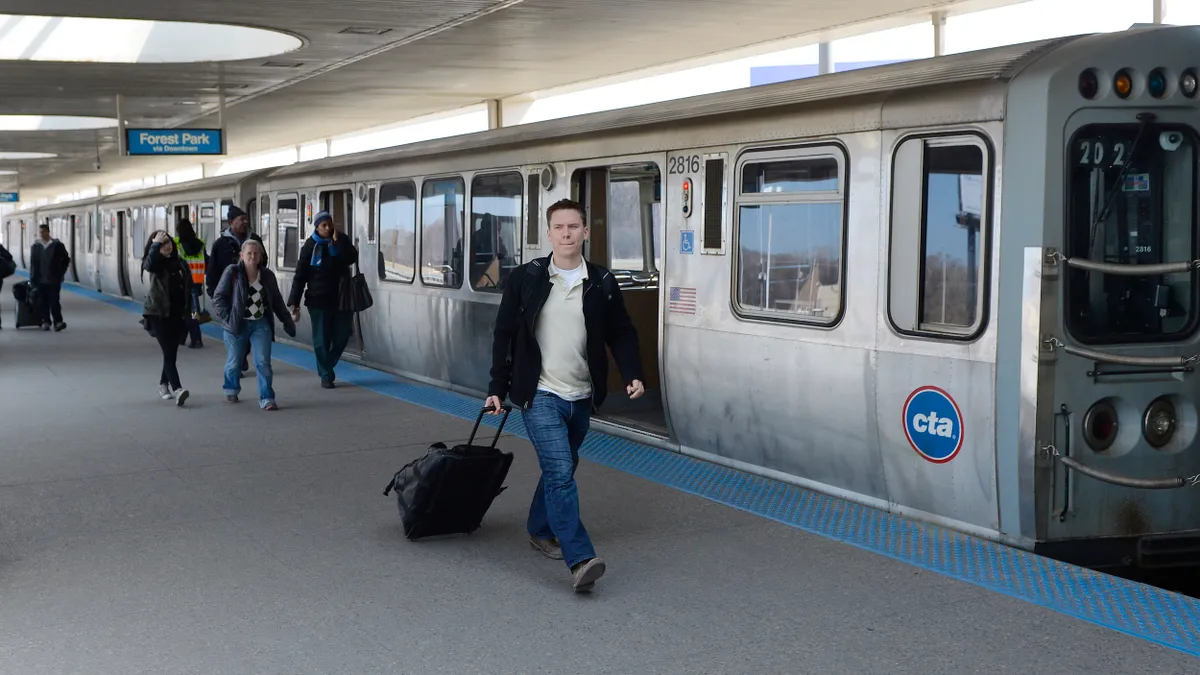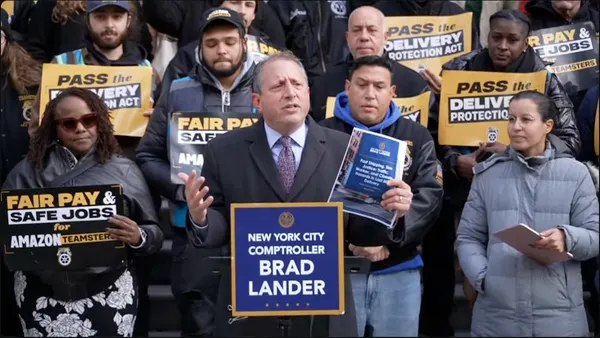Amtrak, the nation’s only intercity passenger railroad, no longer has “Amtrak Joe” Biden in the White House.
During the Biden administration, Amtrak committed to an ambitious, expensive slate of infrastructure projects, new train procurements and expansion plans. Now the railroad has already begun to cut costs and redirect resources in line with the priorities of President Donald Trump and the Republican-led Congress.
On the bright side, Amtrak is coming off a strong year. It carried 32.8 million passengers in fiscal year 2024, a 15% increase over the prior year and an all-time record for the railroad. In conjunction with the states of Minnesota, Wisconsin and Illinois, it launched a new train service between St. Paul and Chicago that exceeded expectations for ridership. Amtrak also invested $4.5 billion in new trains, construction of new tunnels and bridges and repair projects, largely with funding from the 2021 infrastructure law.
But the railroad has also been plagued with breakdowns, overdue replacements for its 25-year-old Acela fleet and a dismal on-time performance record that would put it below nine major U.S. airlines.
Many of the cars on Amtrak’s long-distance trains date back to the 1980s and 1990s; some of its Amfleet cars, which run on the Northeast Corridor, are nearly 50 years old. Its high-speed Acela fleet is 25 years old, and its replacement is four years overdue.
In May, trains between Albany and New York City were delayed by mechanical problems, fallen trees and other issues. In June, as heat waves struck parts of the U.S., Amtrak passengers began complaining of air conditioning failures, with some riders being hospitalized with heat-related issues. Amtrak will slow trains when the track’s steel rails reach a temperature of 128 degrees Fahrenheit, which results in delays.
Amtrak’s revenue streams
A federally chartered corporation, Amtrak serves over 500 communities in 46 states and operates along more than 21,000 route miles.
Its strongest market is the Northeast Corridor, where it commands more than 80% of the air-rail travel market. The NEC is one of Amtrak’s three service lines, with its other two being long-distance service and state-supported services. Amtrak also operates several commuter railroads under contract with states and transportation agencies.
With the exception of the Northeast Corridor, revenue from these services does not cover operating expenses. Its long distance service — routes over 750 miles — accounts for the majority of the railroad’s operating losses, totaling $635 million in 2024. Congress makes annual appropriations to Amtrak to supplement its operating revenue and fund capital projects.
“No country in the world operates a passenger rail system without significant national government funding for capital expenses, and in nearly every country, national funding covers operating losses as well,” Amtrak states in a 2025 white paper.
Changing priorities for the new administration
The first signal that indicated a change in direction for Amtrak came when its CEO, Stephen Gardner, resigned in March. Reuters reported that the White House forced him out.
Gardner had served as CEO since 2022 and had a 16-year career at the railroad. “I am stepping down as CEO to ensure that Amtrak continues to enjoy the full faith and confidence of this administration,” Gardner said in a statement on Amtrak’s website.
In early May, Amtrak said it was cutting 10% of its management workforce, equal to about 450 jobs. That and other efforts will save the railroad $100 million annually, Amtrak said.
Under the Biden administration, Amtrak looked to join the growing momentum for U.S. high-speed rail, hiring Andy Byford in 2023 as senior vice president of high-speed rail development programs. Amtrak took the lead on the Texas Central project to connect Dallas and Houston in 2024.
On April 15, Transportation Secretary Sean Duffy ended federal support of that project, calling it “a waste of taxpayer funds.” An Amtrak spokesperson confirmed to Smart Cities Dive that the railroad is no longer pursuing new high-speed rail projects. On May 27, the DOT tapped Byford to oversee the redevelopment of New York City’s Penn Station.
Cuts not as bad as some feared
During Trump’s first term as president, he proposed cutting $630 million from Amtrak’s long-distance routes and reducing funding for the Northeast Corridor. Congress rejected those proposals.
The president’s fiscal year 2026 budget proposal keeps Amtrak funding flat at $2.427 billion for operations, but it shifts funding from the Northeast Corridor to the national network.
“We were pleased that it was flat funding,” said Sean Jeans-Gail, vice president of policy and government affairs for Rail Passengers Association, in an interview. “It's nice to see the administration taking a different stance than the first go-around.”
Although Amtrak typically issues its annual grant request by March or April, this year it waited until after the White House released its budget proposal on May 30. It asked for exactly the same amount as in Trump’s 2026 budget.
Jeans-Gail said there is a consensus forming around some new policy ideas, such as a national equipment pool that would purchase and lease rail cars, train sets and locomotives to Amtrak, states and other passenger railroads, a practice that is commonplace in commercial aviation.
The bottom line seems to be that Amtrak will see changes, but it is not going away. “We came in really nervous about what this administration would do and what their plans were for Amtrak,” Jeans-Gail said, “and we've been pleasantly surprised.”
A subcommittee of the House Committee on Appropriations will hold a markup session on July 14 for the fiscal year 2026 transportation, housing and urban development and related agency appropriations bills.



